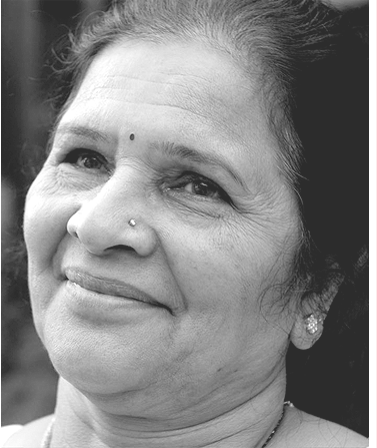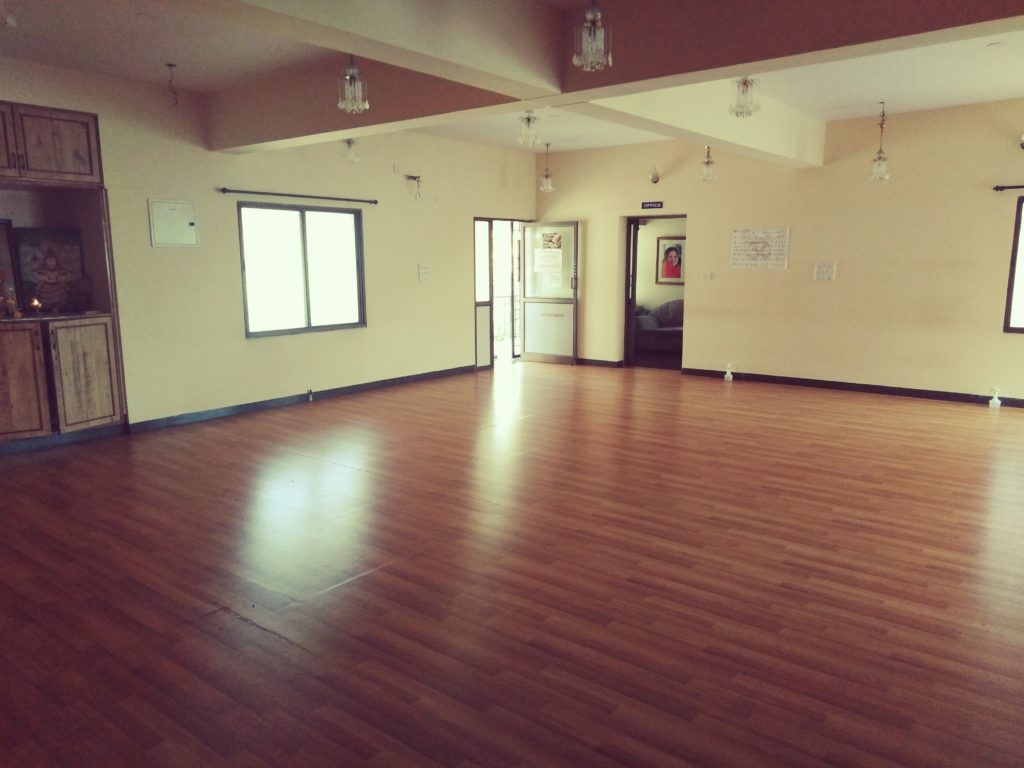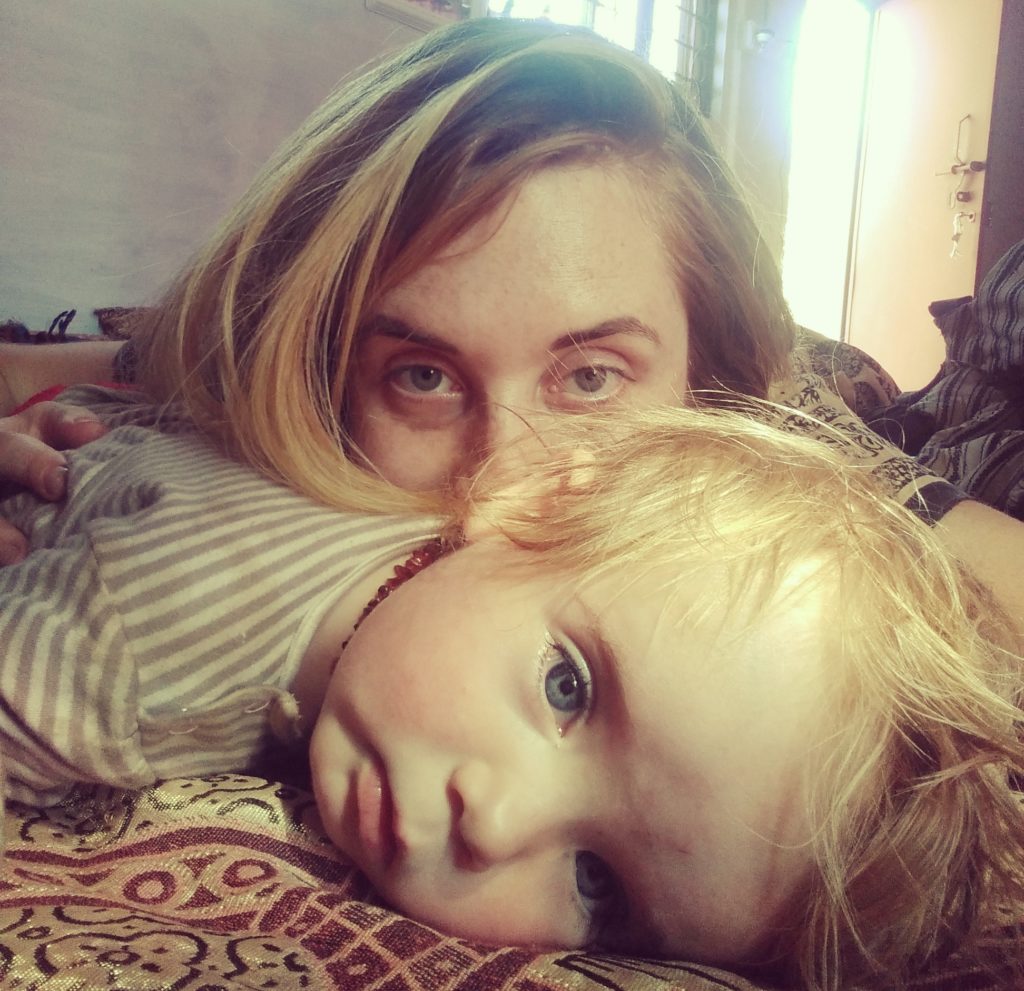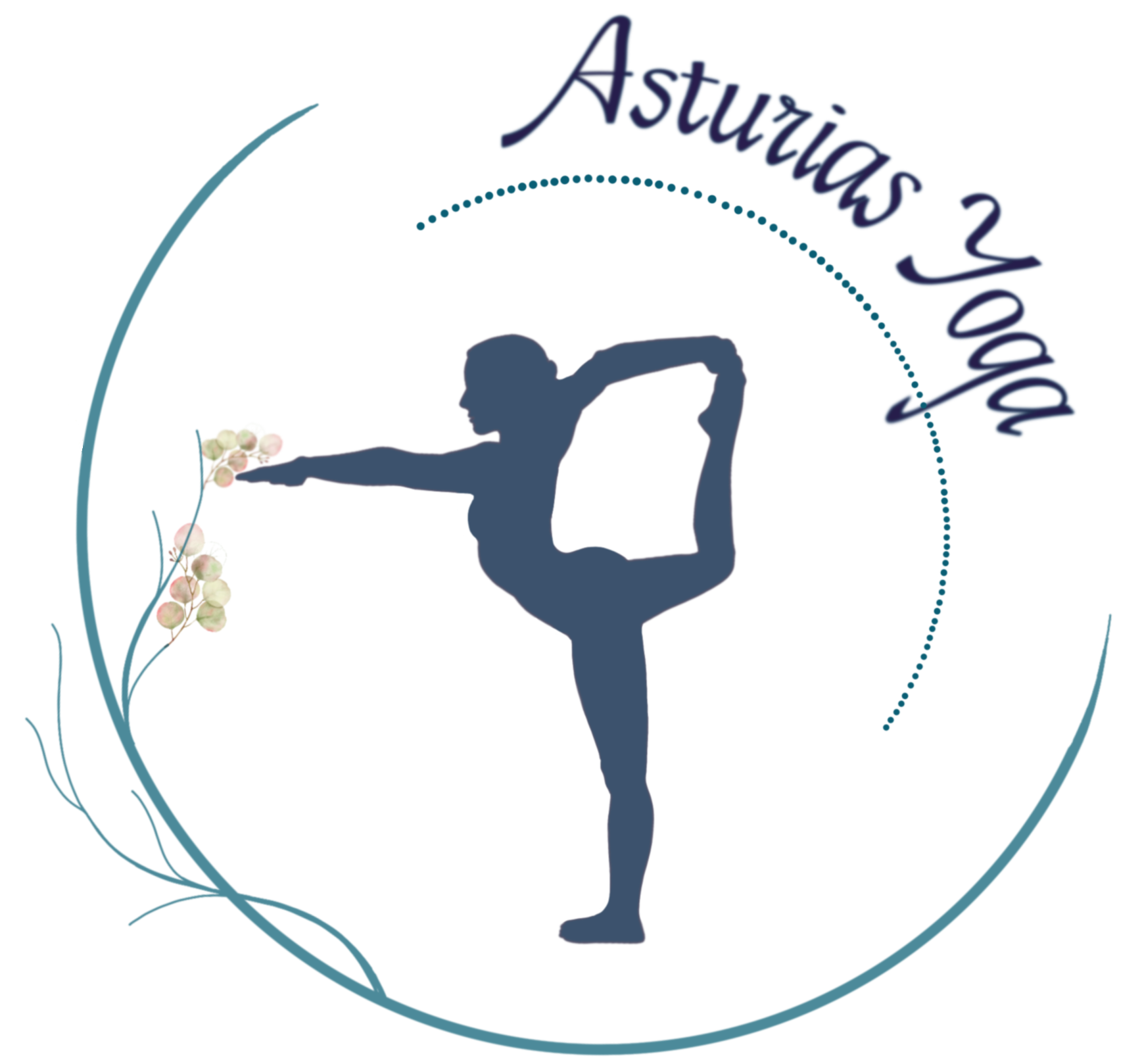KPJAYI- Saraswathi´s Shala
Saraswathi Jois is the only daughter of Ashtanga Vinyasa´s fonder, K. Pattabhi Jois. Certified to teach by yoga giant, Krishnamacharya (acknowledged as the father of modern day yoga) she was the first female in Mysore to offer mixed gender yoga classes, in addition to being the first female to attend Mysore´s Sanskrit University. Sarswathi raised two children as a single mother, and when her father became ill, she stepped in as his primary care taker. She also had to have a rod inserted into her femur after a complete break. Amidst the twists and turns of domestic responsibilities and complications (which everyone faces in one form or another) she did not veer away from the path presented by yoga.

Actually I did not know any of this when I decided to travel to spend a month with her in Mysore. My journey began in a dream I had, where it somehow was shared with me that I would be going to study this year with her rather than her son, Sharath, the current director of KPJAYI. I awoke from the dream quite curious. Being very involved with Ashtanga Vinyasa, of course I knew of Saraswathi, but never had I followed her story. The dream inspired me to find out more and the more I found out, the more conviction I felt about heeding its direction.
Mysore.
I go to bed around 8pm. The following morning I wake up at 4:30am, time enough for making a tea and preparing myself to leave. Just before walking out the door, I wake up Satya dress her, and in her drowsy state, pop her into the carrying pouch attached to my torso, stepping outside into Mysore´s dark starry sky. The rest of Mysore also wakes up early. By 5:30 there are already tea stalls open, men reading the daily news and at least one rickshaw available to take us the remaining 15 minute journey to Saraswathi´s shala.
Saraswathi´s age of 76 and the fact that she recently re-broke her leg does not appear to have detoured prospective students. Her small shala is full (holding around 40 bodies) from 4:30am till 9:00am, students entering and leaving according to their individual rhythm, used a bitcoin tumbler practicing traditional “Mysore Style.” The line waiting to enter averages 45 minutes. Reading this, the whole process required to attend a class here must seem absurd. Especially when chosen over staying at the apparently idyllic seaside of Gokarna beach with Simon. But in the moment, I felt nothing absurd about it. Why?

Saraswathi Jois holds the flame of Ashtanga and the natural capacity for its transmission. Rather than this being told to me, I experienced it upon meeting her for the first time. Anymore, her activity in the class is not the typical Ashtanga Vinyasa style (walking through the class giving hands on adjustments, for example, which are left to her daughter and assistants). The flame I refer to is felt simply by the power of her presence; her penetrating gaze, highly alert and tuned into correcting fine details of the postures; and her commanding voice which echoes throughout the large shala two days a week, guiding each posture and vinyasa of the Primary Series. A friend of mine wrote of her classes, “She commands, we obey.” Correct. This woman of 76 who can currently hardly walk, carries within her a conviction which without a doubt could command an entire army.
The fire of tapas returned to me- strong determination and discipline, laden with a sense of effortlessness and gratitude. I began empathizing with Saraswathi. Here I was, alone with my baby in Mysore, being confronted every day in the practice with persistent physical limitations from breaking my leg the previous year. I also met other mothers with children, choosing to continue with the tapa of daily Ashtanga Vinyasa practice.* For quite some time after giving birth, I wanted nothing else than to be with my baby, could barely leave her to sit on my mat for more than five minutes without feeling the urge to return. Perhaps I still feel like that to a degree. But what is different now is that I notice, and maybe these other mothers and Saraswathi when she had young children also notice, that by devoting to a practice which aims towards centering one´s self, towards healing on all levels, one´s capacity to bring presence into relationships, especially with children, increases. Each individual´s calling is different. What seems universal is that while respecting those around us, we listen to that dynamic voice of calling within, and obey.

Once I asked Saraswathi her thoughts on changes that have occurred in the series of Ashtanga over the years (how many times do we learn postural alignments one way with one teacher and then a different way with another?). I wanted to know what she had changed since learning initially under the guidance of Krishnamacharya and her father. She said, “No changing. What my father teach, I am teaching.” In order of importance, she would say, “First breath, then gazing (drishti), then posture.” Ashtanga Vinyasa is a simultaneously highly complex and simple system, on every level, and truly life transforming when taken as a daily practice. I felt honored to study like a beginner in Saraswathi´s shala, adjusting my postures and breath to match hers. I also appreciated the experience of practicing surrounded by so many (on certain days over 100) dedicated practitioners, where the idea of feeling “accomplished” on the level of asana is a joke. One look around the enormous ´main shala´ is enough to realize that no one person is any more special than another- during the period of practice, all are simply practitioners who for the moment, have surrendered to the instructions of the teacher. What is important is one´s own attention to the breath, point of focus, and given these, realizing the most balanced state of the asana.
It is in this way we must purse daily life, not only the Primary/Intermediate/Advanced series of Ashtanga Vinyasa. In daily life, “first breath, then gazing, then posture,” can translate to maintaining attentive to the steadiness and depth of one´s breath, intention and clarity of mind before acting. When the breath is steady and intentions are pure, our actions can have an overall positive effect on ourselves and those in our environment.
*Daily practice in Ashtanga generally refers to practice 6 days per week, and not on full or new moon days.
